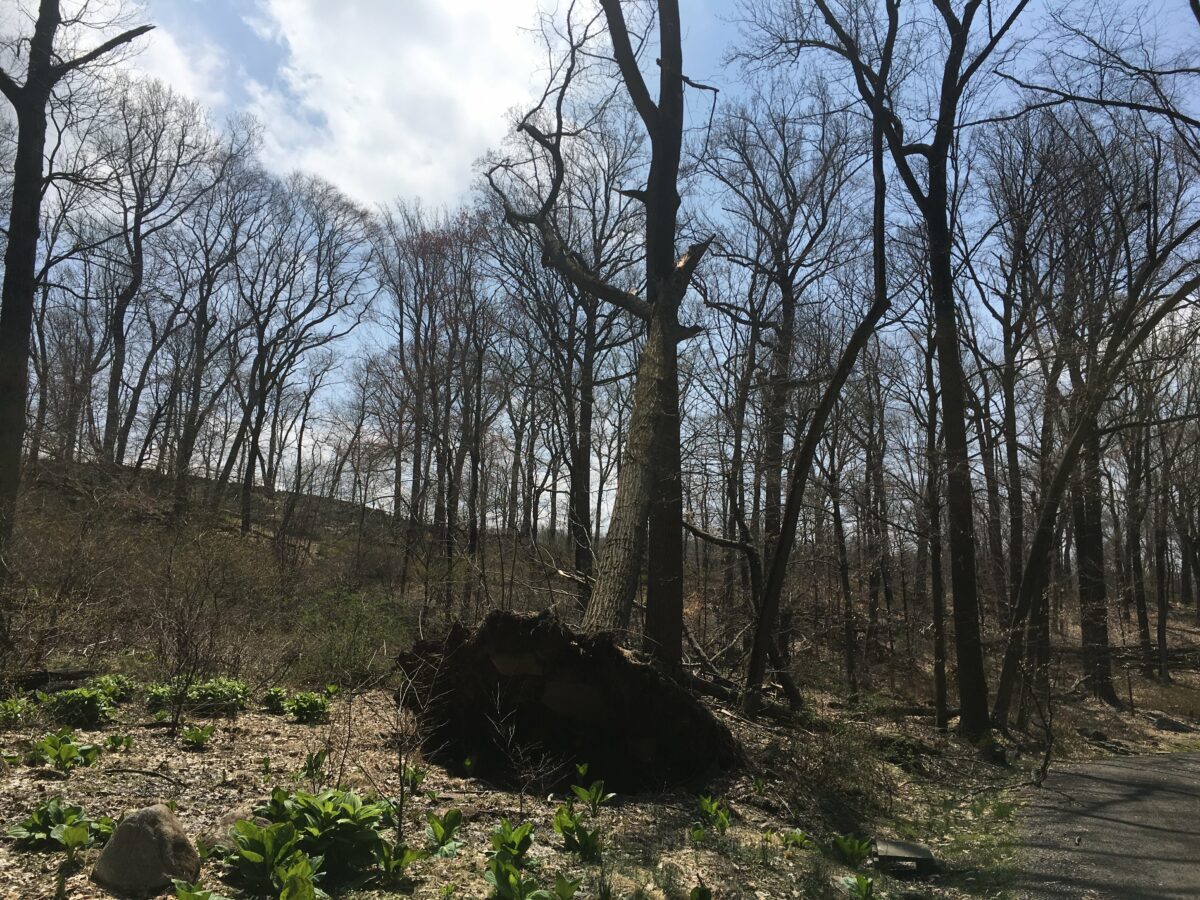May 20, 2024
Lower the threat level of engagement so you can experiment safely

I have little desire to write fiction.
World building is overwhelming and uninteresting to me. I am not energized by inventing believable characters, composing dialogue for multiple voices, architecting plot lines, and obsessing over painstaking details of sunsets and facial expressions.
Having to construct a sense of place so real that readers will feel as though they can step inside of it, that does nothing for me creatively.
And I love reading fiction, it’s just that having to tell a coherent and compelling stories is not a particularly enjoyable form of artistic expression for me. My brain is less narrative and linear, and more associative and abstract.
Honestly, I have absolutely no idea how fiction writers do it. My hat’s off to them. I read these incredible novels and wonder to myself, wow, how the hell did this author portray a characters hands so realistically? How long did they spend fleshing out, in meticulous detail, every single corner of this vast and stunningly complex world?
No thanks. I’ll leave it to the pros.
However, I don’t want to be afraid of my own imagination. I do enjoy inviting audiences to conceive the world to be different from how it actually is. I love making thinks up, stretching the truth and seeing how far I can take my ridiculous ideas.
And so, because of this desire, what I will often do to scratch that creative itch is go what’s called fiction adjacent. Where the work is just true enough not to be a lie. It isn’t exactly the whole truth and nothing but the truth so help me god, but it’s not so fictitious that is sounds completely implausible.
Let me give you an example.
In my thirties, I worked as a copywriter and strategist at a few advertising agencies. A daily practice that kept me sharp, and also kept me busy during downtime, was inventing of imaginary products and writing marketing campaigns for them.
I found the ritual to be fun, useful and engaging. Doing the research to ideate that fake product, and then writing that script for the commercial, was fiction adjacent. It was just true enough not to be a lie.
Because I believe there is a world where that kind of product could exist. Maybe it’s an alternate reality in a parallel universe, but it’s not impossible. Improbable yes, but not impossible.
Ever since I started my practice of inventing imaginary products, I have continued to create fiction adjacent work, and it brings me deep joy and satisfaction. I even took all my absurd ideas a step further and turned them into game show podcast, hard cover book and party card game.
All fiction adjacent.
What if you applied the same strategy to your own work? Are there itches you could scratch in a safe and fun way, without going full hog?
My name for this strategy is called side dooring. It’s when you take an indirect, less conspicuous and more accessible means of entrance towards your destination. You lower the threat level of engagement with an otherwise challenging or foreign entity, so that you can experiment in a safe way.
You still get where you need to go and feel what you need to feel. But it’s less threatening than going full hog.
Side dooring is about pushing your boundaries, stepping out of your comfort zone and pursuing realistic goals from an unexpected angle, which leads to substantial growth without overwhelming yourself.
How are you thinking beyond the ordinary while staying connected to reality?

